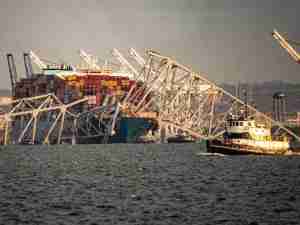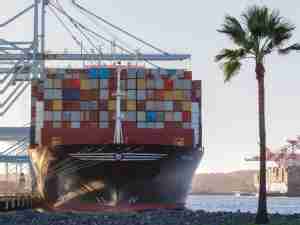Heineken USA has announced the selection of Savannah as the site of its newest distribution center.
Heineken USA's Demand Point center will be fully operational in early 2008 and will initially handle 4,000 containers annually moving from breweries in Holland to distributors in Georgia, the Carolinas, Tennessee, Kentucky and Alabama. In total, the facility will annually handle seven million cases of Heineken and Amstel Brand beverages. Potential deliveries further into the Mid-South and Southwest will be evaluated as part of Heineken USA's continuous supply chain analysis.
'We want to thank Heineken USA for its selection of Savannah and its confidence in our ability to handle its cargo through the port,' said Doug J. Marchand, Georgia Ports Authority's (GPA) Executive Director. 'This announcement is further evidence of the strategic value of Savannah as the key Southeast distribution location in the South Atlantic.'
Heineken USA joins a growing list of importers migrating to Savannah as a port of choice for European cargo. Seven direct container services call the Port of Savannah to and from Northern Europe, a 75% increase in new services to this market since 2005.
Heineken USA's selection of Savannah was based on strategic review of the company's supply chain activities both for its current activities and to meet management's ten-year growth vision. Through its supply chain evolution, Heineken USA has reduced costs, while providing an enhanced service model. While importing product from breweries 3,000 miles away, the company has reduced its order lead-time from brewery to store shelf from ten weeks in 1996 to seven days today.
'Over the past ten years, we have worked to fine-tune and differentiate our supply chain to enable our distributors to maximize their operations to best serve our customers and consumers,' said Dan Sullivan, Heineken's Chief Operating and Chief Financial Officer. 'The recent review of our systems will help lay the groundwork for optimal growth and efficiency for years to come.'










